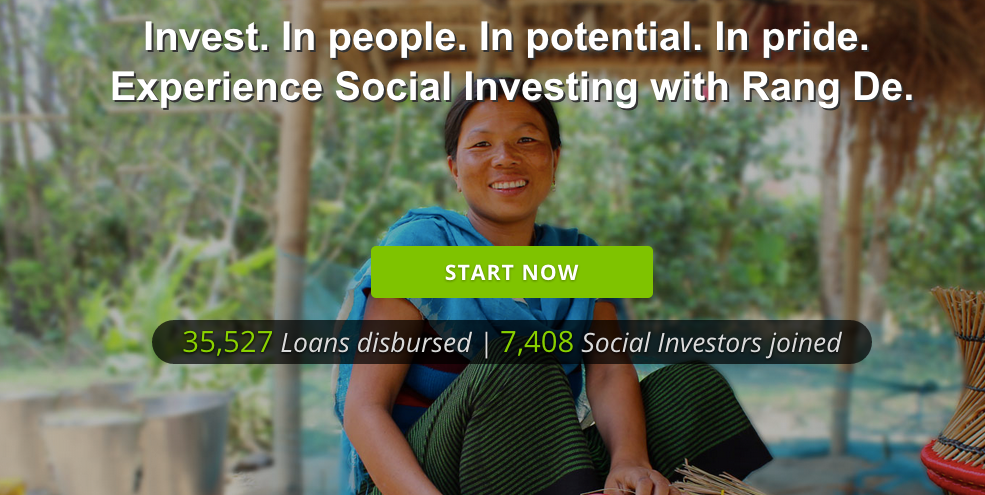Together with Lee Bryant of PostShift, I am running a seminar on Digital Identity: Running Thought Leadership Campaigns on Social Media on Tues. June 9th in London. Details here.
There are compelling stories emerging from different sectors of employees using public social networks during working hours to build resilience as well as drive growth within their organisations.
With the help of social networks we are now able to interact with a much wider circle of people than ever before. This allows us to have meaningful conversations based on our interests rather than physical proximity. There is a growing recognition of the value of these conversations to organisations. Take the example of Teresa Chinn. She was an agency nurse working in the world’s largest health service, the NHS in the United Kingdom. Feeling professionally isolated she set up @WeNurses, a Twitter account to connect with her peers. Through this account she started hosting weekly discussions using the hashtag #WeNurses. Three years and 28,000 followers later, these weekly chats enable nurses to share ideas, experiences and new learning.
Employees on social networks can instigate positive change and build resilience in a complex organisational structure
So why does this matter? Of the 1.6 million NHS employees, nurses make up the largest group. Patients spend a lot of time interacting with them. Research shows that this interaction affects clinical outcomes. As the healthcare system comes under increasing pressure and demand rises, this disruptive approach to CPD enables the nursing community to share support and resources very quickly and at very little cost.
Through the weekly Twitter chats, they now have an opportunity to learn with each other as well as through interactions with patients and the public, building accountability and trust.
#WeNurses shows how employees on social networks can instigate positive change and build resilience in a complex organisational structure. In 2013, the Francis Report, an inquiry into the failings of a major NHS Trust, cited #WeNurses as an example of a social movement that can contribute to a culture of openness and transparency across the system. This is linked to patient outcomes.
How the rest of the organisation embraces this model is not yet clear. It needs to evolve through constant iteration. Making it part of standard business practice too soon poses the risk of losing the benefits of the disruption.
When social engagement is hard-wired into the DNA of a firm
Bangalore based firm Rang De shows what happens when employee led conversations on social networks are hard-wired into the DNA of a firm. Inspired by the work of Nobel laureate Muhammad Yunus, the founders of Rang De launched a micro-credit crowdfunding website to provide low interest loans. Over 30,000 rural entrepreneurs and students from India have used this website to successfully raise loans for their projects. Unlike other crowdfunding websites they aren’t looking to raise capital to develop cutting-edge consumer products and services. Typical Rang De projects range from setting up tea-stalls to paying school fees. The company is currently valued at INR 50 crore (USD 8 million).

Bangalore based firm Rang De has created a digital identity lead by employees and investors
Bangalore based firm Rang De has created a digital identity lead by employees and investors
It is quite remarkable how the firm’s digital identity, led by employees and stakeholders, contributes to its growth. The Rang De team has a clear vision — eradicating poverty in India. They periodically share this vision via personal accounts on different social networks, from blog posts to real-time activity such as Google hangouts and Twitter Q&As.
Rang De doesn’t control these messages… and yet its digital identity is defined by the public narratives of over 7000 investors.
This powerful narrative cuts across demographics and geographical boundaries to create new stakeholders who bring tangible benefits. With their financial contributions they fund projects listed on the website. Outside of this closed ecosystem of the website, they also share stories, opinions and a call to action on their social media accounts. Rang De doesn’t control these messages and doesn’t own the content. And yet its digital identity is defined by the public narratives of over 7000 investors.
Before you kick-start any activity
One emerging business case in larger firms is for recruitment via social networks. It is an opportunity to present the internal culture in an authentic way in order to find candidates with shared values. Other firms are experimenting with the idea of using social networks to build social capital with communities. A number of options are available for those who want to test the waters with this approach. From hosting an AMA (Ask Me Anything) session on Reddit to live Twitter chats.
Unfortunately, there are also examples of spectacular failures where such events have gone viral for the wrong reasons. A notable one is the Twitter Q&A organised by British Gas in 2013 on the same day it announced a price hike of nearly 10%. The customer services director, who had joined the company a year go, faced hundreds of angry messages about fuel price rise, the company’s profits and executive pay. A few months after the event he left the organisation.
A digital identity led by employees on social media can be a strategic development resource. Keep in mind that the biggest learning curve in leveraging the power of social media isn’t about operating an account, but enabling employees to create a clear, confident and authentic voice. There are a number of issues you need to think through before you find your most connected members of staff and kick-start any activity.
The biggest learning curve in leveraging the power of social media isn’t about operating an account, but enabling employees to create a clear, confident and authentic voice.
Ownership is high up on this list. Employees can build loyal, highly engaged communities that create social capital for the firm on their accounts. But what happens when they leave or change jobs? Privacy is also a major consideration. Some employees don’t want to be discoverable on social networks. Or they might have experienced abusive behaviour such as trolling. Awareness of such concerns is important.
Many employees will already have personal accounts. If they want to use these, make sure you have clear guidance in place, but avoid a culture of fear. This guidance shouldn’t be a list of potential violations. Neither text-heavy manuals nor traffic-light warning systems work in the long term. This is because the dynamics on social networks are constantly evolving. What is considered acceptable behaviour and good etiquette may change over time.
Some employees don’t want to be discoverable on social networks. Awareness of such concerns is important.
Context setting is vital. Build a responsive training programme that helps employees find a clear and confident voice. They shouldn’t feel like an extension of the CRM strategy. Provide a flexible structure to help them figure out how they can use social networks to create value for themselves, their team or department and the organisation. And finally, the adage that social media needs to be a two-way conversation also applies to an employee led digital identity. Your employees will bring something back — from new stakeholders to new ideas. A level of preparedness to use these resources is what will help you drive innovation and growth.
About the author: Abhay Adhikari (PhD) works globally with private and public sector organisations to develop digital engagement campaigns. He is interested in the context and values that define our digital identities. You can find him on Twitter at @gopaldass.
Sign up for the Digital Identity: Running Thought Leadership Campaigns on Social Media workshop here.

